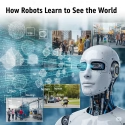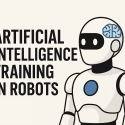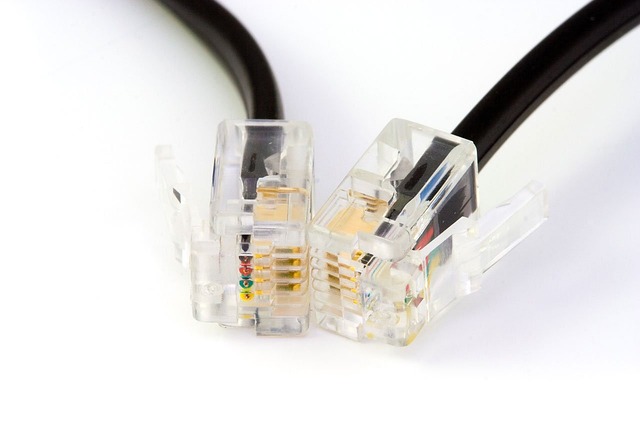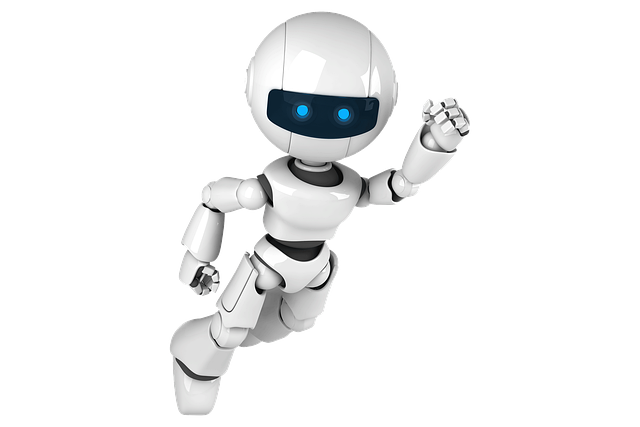Object tracking and focusing techniques are essential for enabling robots to maintain awareness of and interact with objects in their environment. These techniques are widely used in applications such as robotics, computer vision, and autonomous systems. Here’s an overview of object tracking and focusing in robots:
Object Tracking:
- Sensor Input: Object tracking typically begins with sensor input, such as data from cameras, LiDAR, or other vision sensors. This data provides information about the objects in the robot’s surroundings.
- Feature Extraction: Features of interest, such as object edges, colors, or patterns, are extracted from the sensor data. These features are used to identify and distinguish objects.
- Object Detection: Object detection algorithms are employed to identify and locate objects within the sensor data. Common object detection techniques include Haar cascades, HOG, or more modern deep learning-based models like YOLO and SSD.
- Object Initialization: The tracking process often starts with an initialization step, where the robot identifies objects of interest and begins tracking them.
- Motion Estimation: Object tracking involves estimating the motion of the objects over time. This can be done using techniques like optical flow, Kalman filters, particle filters, or deep learning-based tracking algorithms.
- Data Association: In multi-object tracking scenarios, data association is used to link object detections across multiple frames, ensuring the robot knows which object corresponds to which in different frames.
- Adaptive Tracking: Adaptive tracking algorithms can adjust the tracking process when objects temporarily leave the field of view or occlude one another.
- Feedback Control: The tracking information is often used to adjust the robot’s actions, such as maintaining a safe distance from tracked objects or following them.
Object Focusing:
- Visual Attention: Visual attention mechanisms allow the robot to focus on specific regions or objects of interest within its field of view. This can be based on factors like saliency, object detection results, or user commands.
- Gaze Control: The robot’s gaze direction can be controlled to center on an object or region. This may involve controlling the orientation of cameras, sensors, or the robot’s end effector.
- Depth of Field Control: If the robot has a controllable camera with adjustable focus, it can change the focus to emphasize objects at different distances.
- Active Sensing: Some robots have active sensing mechanisms, such as tilting or panning a LiDAR sensor, to scan a scene more effectively and focus on particular areas.
- Feedback Loop: The focusing process may involve a feedback loop where the robot continuously assesses its focus and adapts based on changes in the environment.
- Multimodal Focusing: Focusing is not limited to visual data. Robots can focus on auditory cues, haptic data, or other sensor inputs relevant to their task.
Combining object tracking and focusing techniques allows robots to interact with objects effectively, follow objects of interest, and make informed decisions based on the context. These techniques are particularly useful in applications like surveillance, robotic vision systems, human-robot interaction, and autonomous navigation, where the robot needs to adapt its attention and actions based on changing environmental conditions.
Creating a complete object tracking and focusing code for a robot is a complex task that depends on your robot’s specific hardware, sensors, and the tracking and focusing algorithms you plan to use. However, I can provide a simplified example using Python and OpenCV to demonstrate the concept of object tracking and focusing. This example uses a camera for object tracking and a simple focusing mechanism based on camera zoom.
Please note that this code provides a basic illustration and should be adapted and expanded upon for a real-world robot.
import cv2
# Initialize the camera (you may need to install OpenCV)
cap = cv2.VideoCapture(0)
# Create a window to display the camera feed
cv2.namedWindow(“Object Tracking and Focusing”)
# Initialize a zoom level
zoom_level = 1.0
while True:
# Capture a frame from the camera
ret, frame = cap.read()
# Apply zoom to the frame
zoomed_frame = cv2.resize(frame, None, fx=zoom_level, fy=zoom_level)
# Display the zoomed frame
cv2.imshow(“Object Tracking and Focusing”, zoomed_frame)
# Check for user input
key = cv2.waitKey(1)
if key == 27: # Press ‘Esc’ to exit
break
elif key == ord(‘+’):
zoom_level += 0.1 # Zoom in
elif key == ord(‘-‘):
zoom_level -= 0.1 # Zoom out
# Release the camera and close the window
cap.release()
cv2.destroyAllWindows()
In this example, the code captures frames from the camera and allows you to zoom in and out using the ‘+’ and ‘-‘ keys. To implement object tracking, you would need to replace the zooming logic with object detection and tracking logic. OpenCV offers various object tracking algorithms, such as Mean-Shift and CamShift, that you can integrate into your application. You can also use deep learning-based object detection models like YOLO or SSD to track objects.
For more advanced tracking and focusing capabilities in real-world applications, you would typically use specialized libraries, hardware, and algorithms tailored to your robot’s specific sensors and requirements.







